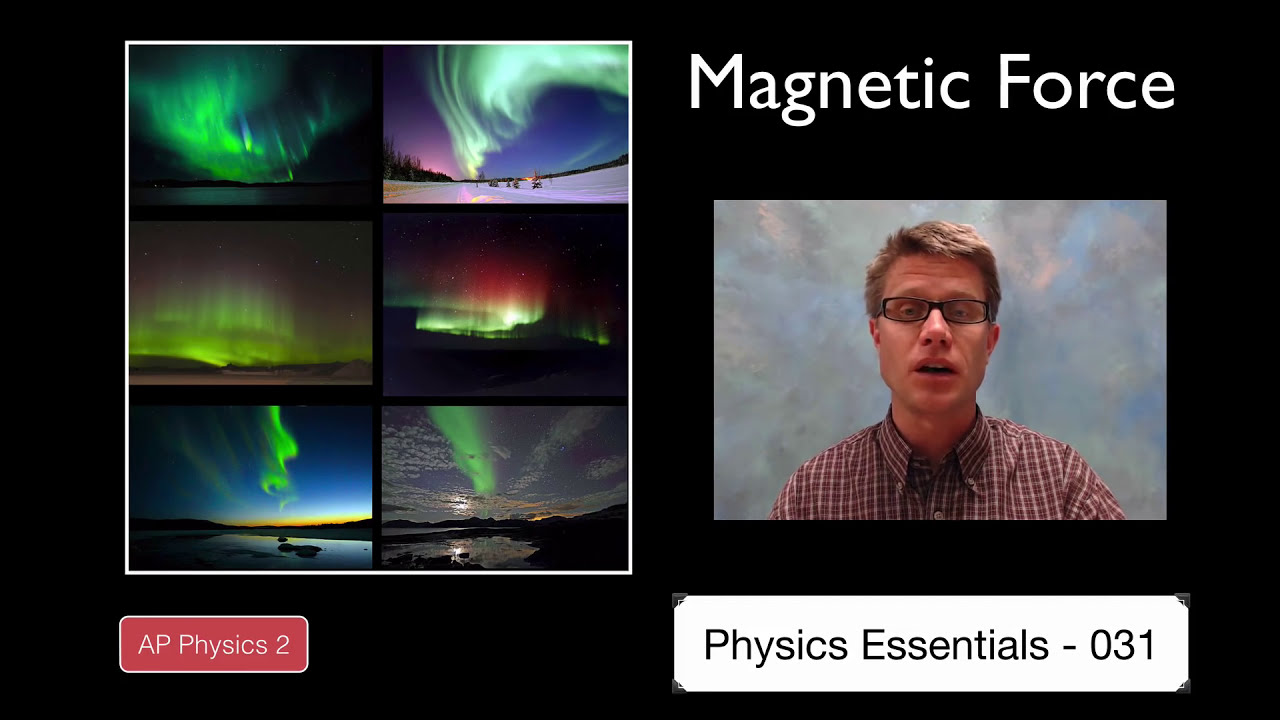Magnetism is a fascinating phenomenon that plays a crucial role in various scientific disciplines. From understanding the behavior of materials to exploring the mysteries of electromagnetism, magnetic effects are intricately woven into the framework of science. In this article, we will delve into the meaning of magnetism in science, exploring its fundamental concepts and applications.
Understanding Magnetism

Magnetism can be defined as the property of certain materials to attract or repel other materials based on their magnetic field. This intriguing force arises from the movement of electric charges, particularly electrons, within atoms. To grasp the essence of magnetism, let’s explore the following key aspects:
- Atomic Structure and Electron Spin:
- Electrons, negatively charged particles orbiting the atomic nucleus, possess a property called “spin.”
- Electron spin gives rise to a tiny magnetic field associated with each electron.
- The alignment of these spins determines the overall magnetic behavior of a material.
- Magnetic Domains:
- Magnetic materials consist of small regions called magnetic domains.
- Within each domain, the electron spins align in the same direction, creating a net magnetic field.
- In an unmagnetized material, the domains are randomly oriented, resulting in no significant magnetic effect.
- Ferromagnetism:
- Ferromagnetic materials, like iron, nickel, and cobalt, exhibit strong interactions between neighboring electron spins.
- When exposed to an external magnetic field, ferromagnetic materials align their domains, becoming magnetized.
- Once magnetized, ferromagnets retain their magnetic properties even after removing the external field.
- Paramagnetism:
- Paramagnetic materials, such as aluminum and oxygen, have unpaired electrons.
- When placed in an external magnetic field, the unpaired electrons align their spins, resulting in weak magnetism.
- Unlike ferromagnets, paramagnetic materials lose their magnetism once the external field is removed.
- Diamagnetism:
- Diamagnetic substances, including copper and water, exhibit a weak repulsion when exposed to a magnetic field.
- This repulsion occurs due to the induction of small opposing magnetic fields within the material.
- Diamagnetism is a universal property found in all materials but is typically overshadowed by other effects.
Magnetism is often described as a force because it can exert attractive or repulsive effects on other magnetic objects or charged particles. It is one of the fundamental forces in nature, along with gravity, electromagnetic force, and the strong and weak nuclear forces.
However, it’s important to note that magnetism itself does not possess energy. Energy is a property associated with the ability to do work or cause a change in a system. In the case of magnetism, it doesn’t have an inherent energy content like other forms of energy such as kinetic energy or thermal energy. Instead, magnetism can be involved in energy transfer and conversion processes.
When a magnetic field interacts with a moving electric charge, it can induce electrical currents. This phenomenon, known as electromagnetic induction, is the basis for many practical applications of magnetism, such as electric generators and transformers. In these devices, mechanical energy or other forms of energy are converted into electrical energy through the interaction between magnetic fields and electric conductors.
Magnetism also plays a crucial role in the storage and retrieval of energy. Permanent magnets, for example, can store energy in their magnetic fields. This is utilized in devices like magnetic storage systems (such as hard drives) and magnetic resonance imaging (MRI) machines.
Furthermore, magnetism can be harnessed to convert electrical energy into mechanical energy. Electric motors utilize this principle by using magnetic fields to generate rotational motion. This conversion of energy from one form to another demonstrates how magnetism can facilitate the transfer and transformation of energy but does not possess energy itself.
In summary, magnetism is a force that can exert attractive or repulsive effects on objects or charged particles. While it is not considered a form of energy, magnetism is instrumental in converting energy from one form to another. Its interactions with electric charges allow for the transfer, storage, and conversion of energy, making it an essential component in various technologies and applications.
Applications of Magnetism

Magnetism finds extensive applications across various scientific and technological domains. Let’s explore some notable areas where magnetic effects are harnessed:
- Electric Motors and Generators:
- The interaction between magnetic fields and electric currents enables the operation of motors and generators.
- In electric motors, the magnetic field produced by an electromagnet interacts with the current-carrying conductors, causing rotational motion.
- Conversely, in generators, mechanical energy is converted into electrical energy through the relative motion between magnets and coils.
- Magnetic Resonance Imaging (MRI):
- MRI utilizes strong magnetic fields and radio waves to visualize internal structures of the human body.
- By manipulating the alignment of atomic nuclei within a magnetic field, MRI scanners generate detailed images for medical diagnosis.
- The varying magnetization of different tissues provides valuable insights into abnormalities or injuries.
- Data Storage:
- Magnetic storage devices like hard disk drives (HDDs) and magnetic tapes rely on the magnetization of microscopic regions to store data.
- Binary information is encoded as magnetized or demagnetized regions, representing 0s and 1s.
- The ability of magnetic materials to retain their magnetization makes them ideal for long-term data storage.
- Magnetic Levitation (Maglev) Trains:
- Maglev trains utilize magnetic repulsion to levitate and propel the train above the tracks.
- Powerful magnets on both the train and track create a repelling force, eliminating friction and allowing high-speed travel.
- The absence of physical contact between the train and the track results in reduced noise and increased efficiency.
- Research in Physics:
- Magnetism plays a pivotal role in various branches of physics research, such as condensed matter physics and particle physics.
- It helps scientists study the behavior of materials at different temperatures, investigate phase transitions, and understand quantum phenomena.
In conclusion, magnetism holds immense significance in science, permeating various fields and enabling numerous applications. From understanding the atomic structure to harnessing its power for technological advancements, magnetism continues to captivate researchers and engineers alike. Its fundamental concepts and versatile applications make it a cornerstone of scientific exploration.


